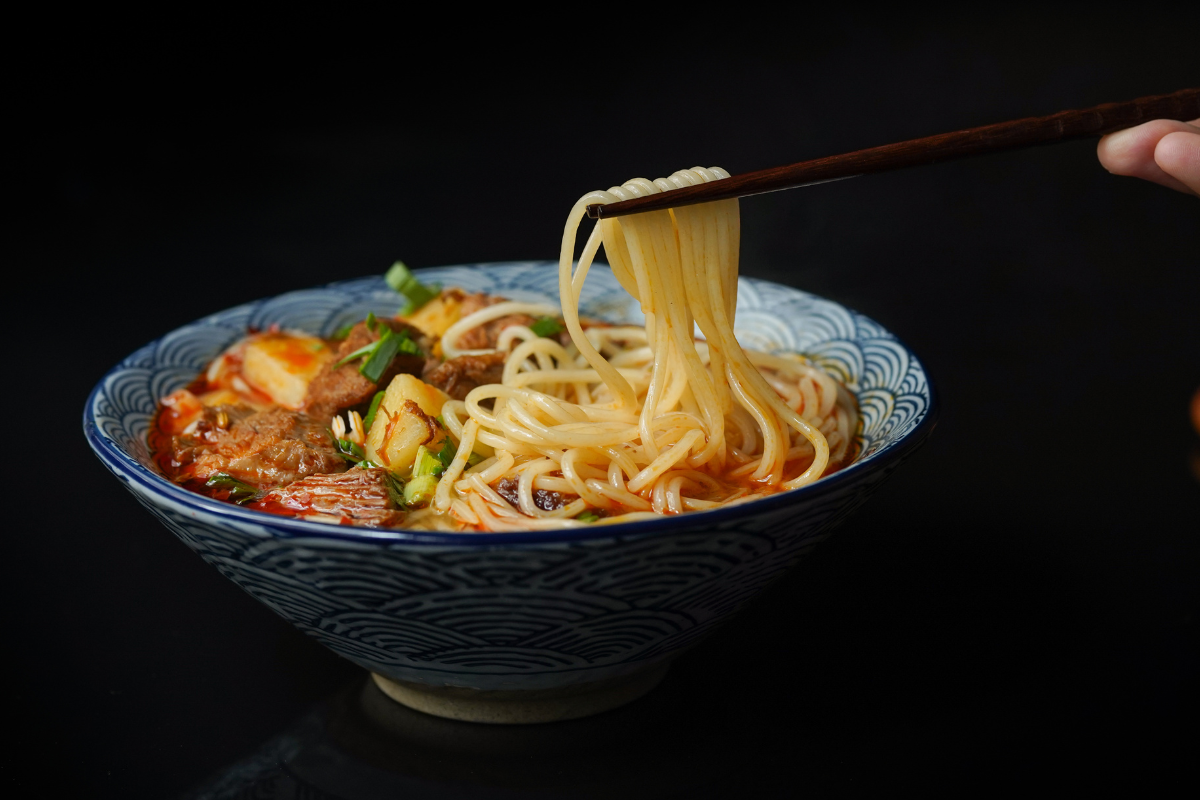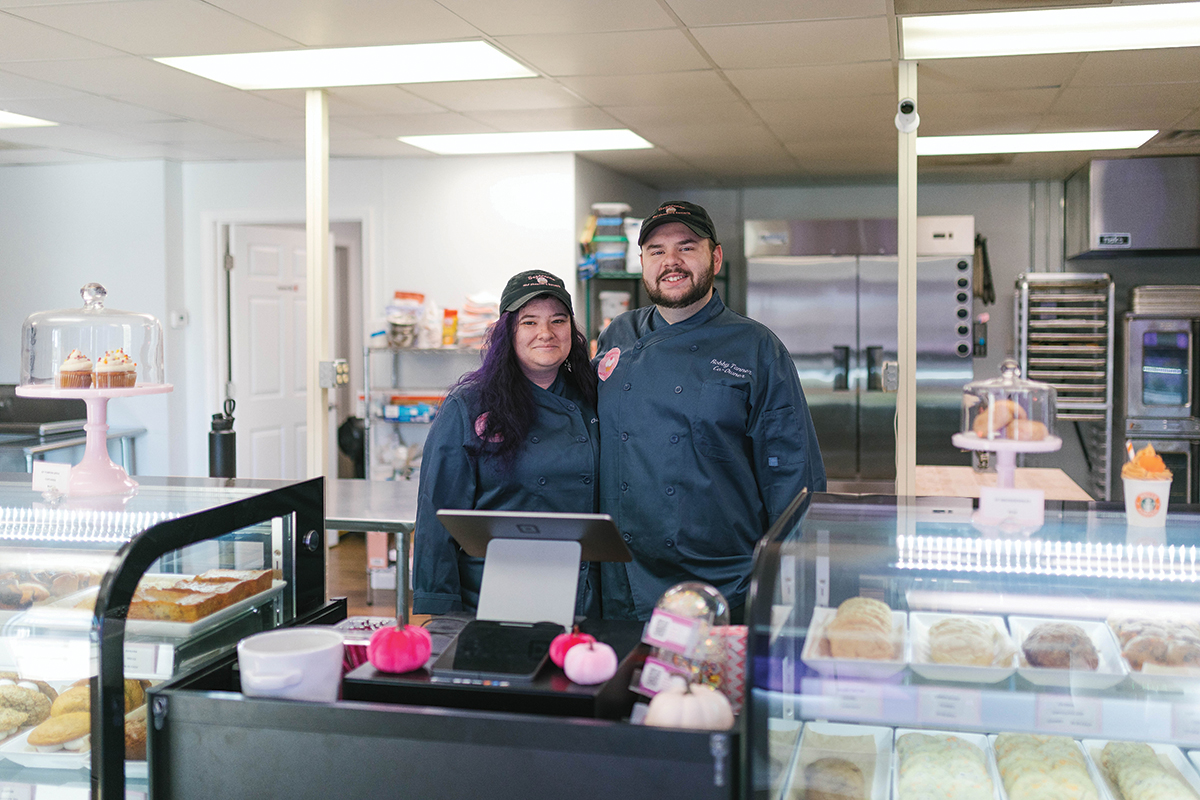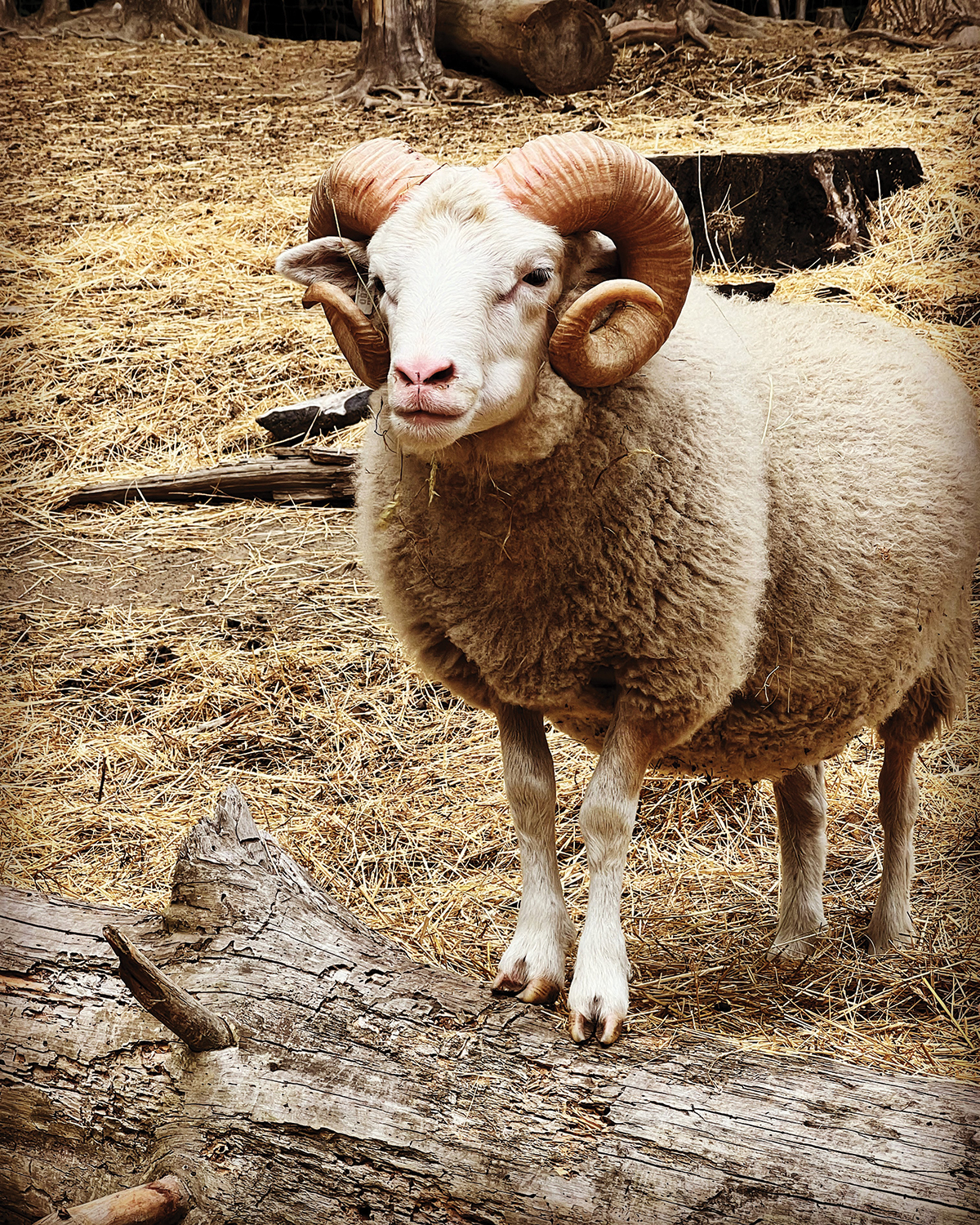
Laura Hope-Gill of Fletcher (center) learned Mah-Jongg as a child, from her grandmother who lived in China. Here, she plays with friends Gwyn (left) and Jamieson Ridenhour at Well-Played Board Game Café in Asheville. Café owner Cortland Mercer notes that ancient games such as Mah-Jongg are enjoying a new generation of enthusiasts.
Photo by Matt Rose
Dating back centuries, the ancient Chinese board game Mah Jongg has been a longstanding exercise in social interaction and cooperation. Rather than pointed competition, the game calls for communication and planning between fellow players. Brought to the United States in the 1920s, it became prominent here in minority ethnic areas, historically most popular among Chinese immigrants in the San Francisco region and in Jewish communities in Brooklyn.
The game has been typically played among older crowds, especially women. But more recently, as with Bridge, Mah Jongg participants are trending younger, and showing up in previously unlikely locations — among them community classrooms and cafés.
Mah Jongg resonates with Laura Hope-Gill — a local Creative Writing professor at Lenoir-Rhyne University in Asheville and a well-known poet — far beyond trends. During World War II, her British grandparents and thousands of other Westerners living in China were imprisoned in Japanese-run internment camps. So her grandmother learned the game in its country of origin — her husband was a doctor there — and later taught it to Laura.
“She told me stories while we played,” recalls Hope-Gill, who’s based near Fletcher. “She had played with the Last Emperor’s nieces, so you can imagine the sort of memories the bone tiles stirred.” The game uses domino-like tiles as its pieces, each displaying a symbol denoting significant characters and suits, such as bamboo. She adds, “My grandmother had been there at the height of Colonialism and at the very end of Imperial China,” when Mah Jongg spiked in popularity.
Although she had forgotten much of its strategic elements, Hope-Gill was reintroduced to the board game 15 years ago when she was on the sidewalk in Qingdao, China. While she watched, she thought to herself, “Granny never told me about how in real games, everything happens really fast. No waiting. No thinking. No pondering. You have to be on it!”
Immediately, she gravitated back to Mah Jongg, as though it had a magnetizing effect. “I was pulled into it and had to remember. I played four days in a row and had a bruise on my upper arm from where the woman next to me would lightly punch me when it was my turn and say, ‘Mei Guo!’ [‘American!’]. Everybody laughed at how slow I was, but they still invited me to play.”
She interprets Mah Jongg as a hybrid of Scrabble and Gin Rummy because of the grouping of tiles, which can be similar to a cluster of cards. However, Hope-Gill is careful to distinguish the game from the others. She explains, “Conceptual dimensions give the game poetic dimensions. Each player pushes their wall of tiles forward to form a square, signifying the Great Wall, and there can’t be any open spaces left for dragons and evil spirits.” To her, Mah Jongg became an opportunity for communication and artistry.
For the past two years, Jeanne Forester has been teaching the game at the Blue Ridge Center for Lifelong Learning in Flat Rock, though she’s been a Mah Jongg instructor long before the BRCLL. Class sizes are limited to 16 people, and Forester is thrilled at how fast space fills up.
Her introduction to the game began with her aunt when Forester was seven years old. She admits that years passed before she played again, but she’s been doing so regularly since 1963. “It’s always struck me how amazing it was that I still knew how to play after all those years,” she notes. “Maybe it’s like riding a bike … you never forget.”
Her almost 60-year involvement with Mah Jongg is ritualized in her instruction of the emblematic game, all while adhering to the regulations of the National Mah Jongg League, Inc. As for the shift in player demographics, Forester notes, “It is very clear to me that many people from different walks of life are seeking to learn the game.” She says she looks forward to seeing the interest grow to include younger crowds.
Many of them can be found at Well Played Board Game Café, a popular spot in downtown Asheville with a jaw-dropping selection of games. Owner Cortland Mercer says he’s seen a strong resurgence of other “ancient” games, such as Go — a tactical board game also with Chinese origins — and chess.
From a game-design perspective, he notes that Mah Jongg balances skill and strategy in an artistic manner. Antique sets are usually carved in ivory and bamboo. Some Mid Century vintage tiles are made of materials such as Bakelite, and more modern games come in wood, resin, or other crafty materials. Louis Vuitton sells a serious luxury collection in the $20,000 range.
“Even in the golden age of board games, Mah Jongg remains popular — maybe even more so than ever before,” says Mercer.

(clockwise from top left) Laura Hope-Gill displays her grandmother’s antique Mah-Jongg set./The game moves fast, especially among expert players./Grace Hope-Gill in Manila in 1930 (photo courtesy of Laura Hope-Gill)./Jeanne Forester leads a popular Mah-Jongg series at the Blue Ridge Center for Lifelong Learning in Flat Rock.
Photos by Matt Rose
Jeanne Forester leads four sessions of Mah Jongg as part of the Blue Ridge Center for Lifelong Learning’s summer series at Blue Ridge Community College in Flat Rock: Mondays and Tuesdays, August 20, 21, 27, and 28. Call 828-694-1740 or see brcll.com for availability and more information. (Well Played is located at 58 Wall St. in Asheville. Call 828-232-7375 or see wellplayedasheville.com for more information.)



